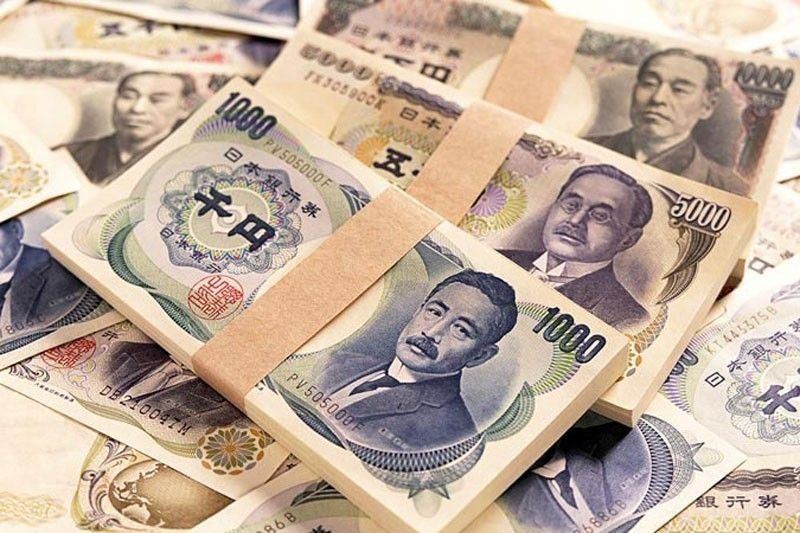Forex reserves hit 3-year high in August

MANILA, Philippines — The country’s gross international reserves (GIR) increased for the third straight month to hit a three-year high of $85.61 billion in August from $85.17 billion in July as the Bangko Sentral ng Pilipinas (BSP) continues to build up the foreign exchange buffer.
BSP Governor Benjamin Diokno said the month-on-month increase in the GIR was due mainly to inflows arising from the national government’s foreign currency deposits as well as the BSP’s earnings from its investments abroad.
The Philippines successfully returned to the Japanese debt market in August, raising 92 billion yen in fresh funds from the issuance of three, five, seven, and 10-year samurai bonds.
In 2018, the government also tapped the Japanese debt market, raising 107.2 billion yen from the issuance of three, five, and 10-year samurai bonds.
Data showed income from the BSP’s investments abroad increased to $73.14 billion in August from $72.81 billion in July, while earnings from its foreign exchange operations also went up to $2.72 billion from $2.61 billion.
The GIR is the sum of all foreign exchange flowing into the country. It serves as buffer to ensure that the Philippines would not run out of foreign exchange that it could use to pay for imported goods and services, or maturing obligations in case of external shocks.
This was the highest GIR level in almost three years or since the forex buffer reached $86.38 billion. The level has been increasing since June this year.
However, Diokno said the increase in reserves was partially tempered by payments made by the national government to service its foreign exchange obligations.
“The end-August 2019 level of GIR serves as an ample external liquidity buffer,” the BSP chief added.
According to Diokno, the buffer is equivalent to 7.5 months’ worth of imports of goods and payments of services and primary income.
He said the level is also equivalent to 5.2 times the country’s short-term external debt based on original maturity and 3.8 times based on residual maturity.
“We continue to have sizeable international reserves to help insulate our domestic economy against external shocks,” Diokno earlier said.
He added the GIR level is built from sustained remittances, robust receipts from business process outsourcing and tourism as well as steady foreign investment inflows.
The BSP has raised the projected GIR level to $83 billion instead of $77 billion this year as it expects strong inflows of foreign portfolio investments as well as foreign direct investments.
The country’s foreign exchange buffer narrowed by close to three percent to $79.19 billion in 2018 from $81.57 billion after authorities allowed the peso to depreciate to support the growing economy.
The peso emerged as one of the worst performing currency shedding 5.3 percent to 52.58 to $1 in 2018 from 49.93 to $1 in 2017. After strengthening back to the 50 to $1 level, it continues to flirt with the 52 to $1 level due to the trade war between the US and China as well as the sharp depreciation of the Chinese yuan.
The BSP has been building up the country’s foreign exchange buffer that it uses to buy or sell dollars if it deems necessary to prevent sharp depreciation or appreciation of the peso.
- Latest
- Trending






























